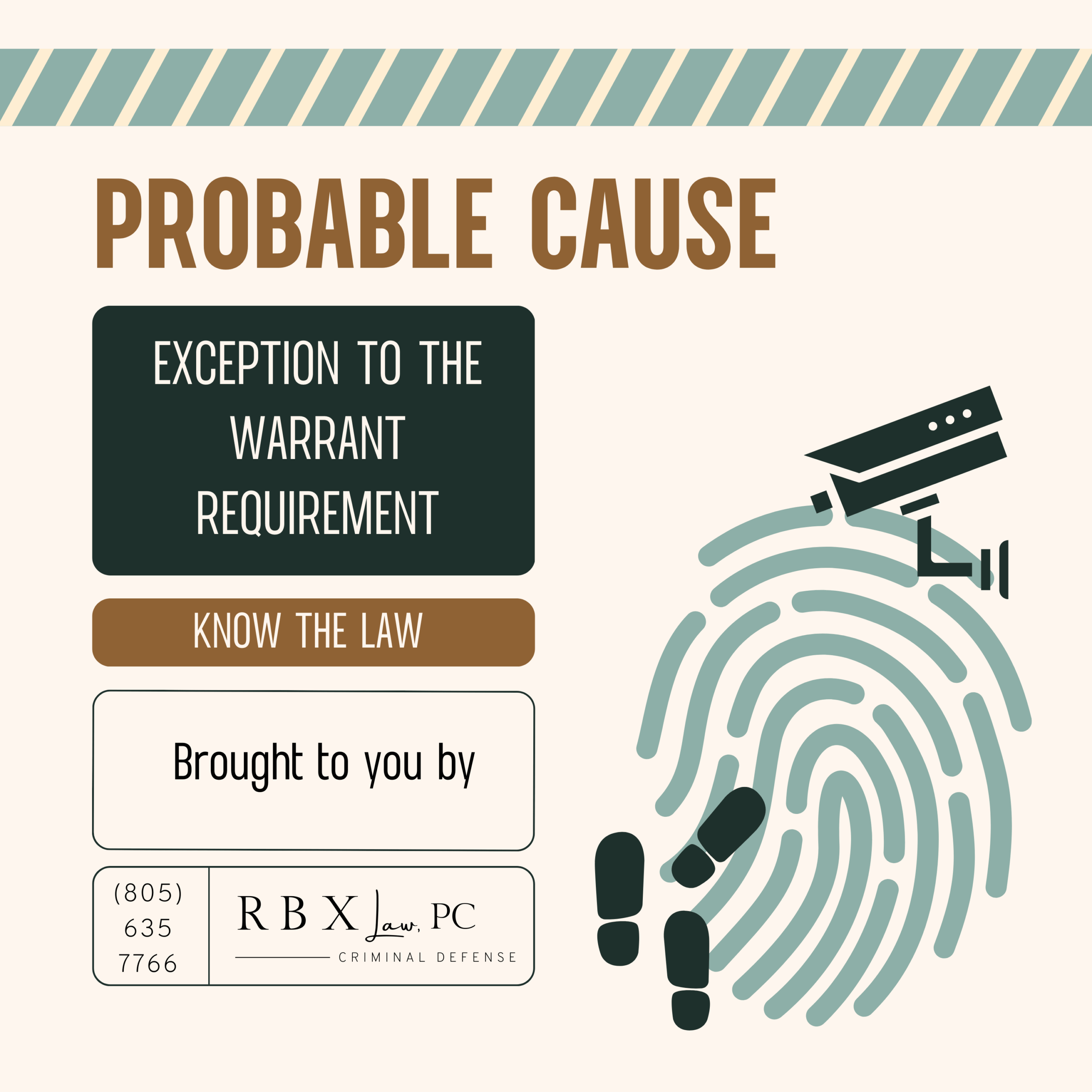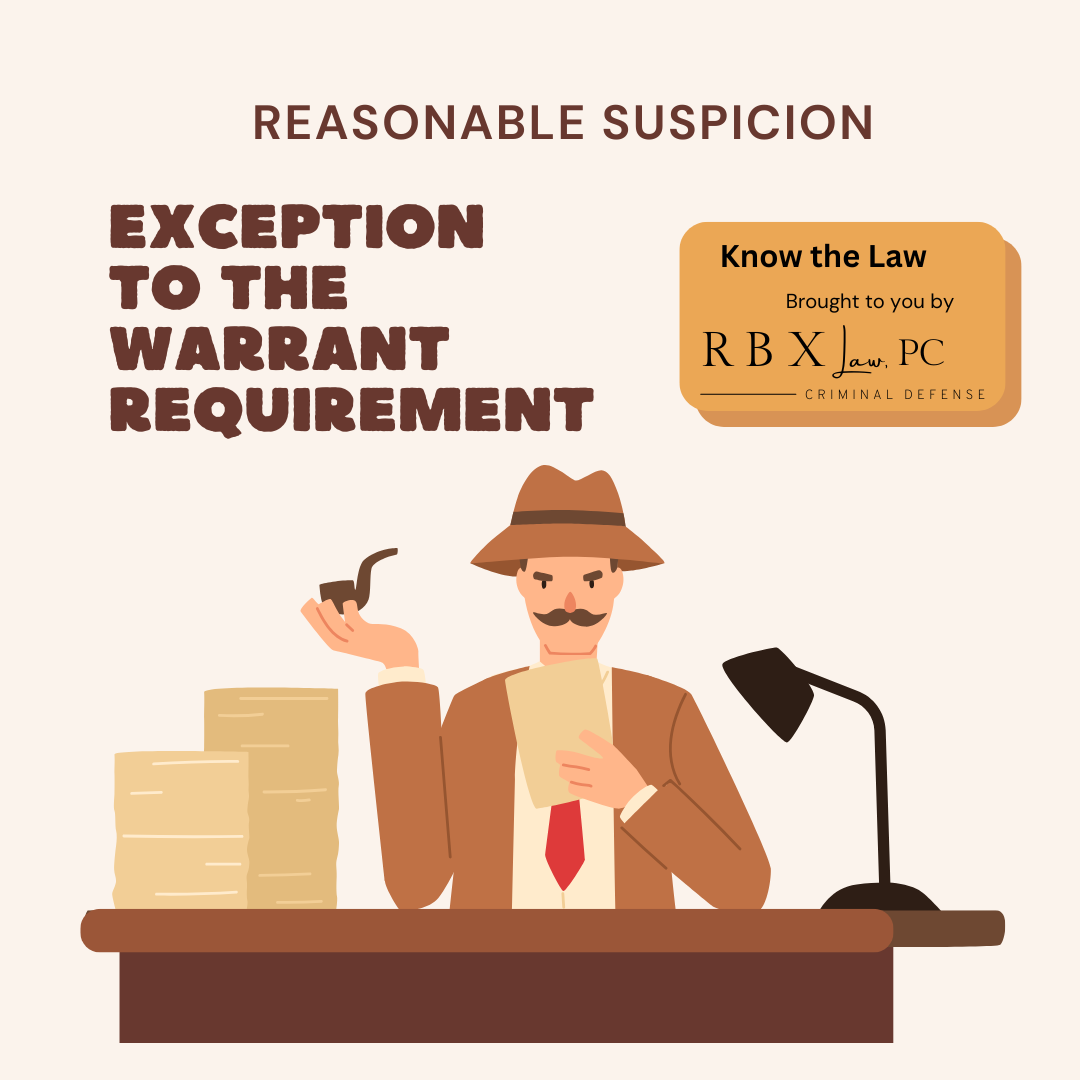What are Field Sobriety Tests?
Field sobriety tests are often divided attention tests (think rub your stomach while patting your head). Although they are not scientific tests, law enforcement uses them to obtain evidence of driving under the influence. The results of the tests are used by prosecutors to convict drunk drivers and to justify DUI arrests.
Refusing Field Sobriety Tests
You may refuse to do any field sobriety tests. One exception to this is that you must provide a blood, breath, or urine sample. However, you are only required to provide a sample if law enforcement arrests you for driving under the influence. Failure to provide a sample can result in further consequences.
“Standardized” Field Sobriety Tests
The following three tests are approved for law enforcement use by the National Highway Traffic Safety Administration.
Horizontal Gaze Nystagmus
Horizontal Gaze Nystagmus is an involuntary jerking of the eye that happens when the eyes move to the side from center point. Prior to the administration of this test, an officer must check a subject’s eyes for equal pupil size, resting Nystagmus and equal tracking. The officer administers the test by slowly moving his finger in front of the suspect’s eyes.
An officer administering this test will check for three clues in each eye while checking for HGN:
- Lack of Smooth Pursuit. When the eyes jerk or bounce as they follow a smoothly moving stimulus.
- Distinct and Sustained Nystagmus at Maximum Deviation. When the eye jerks when it remains to the side for a minimum of four seconds.
- Onset of Nystagmus Prior to 45 Degrees. When the eye begins to jerk when it moves 45 degrees from the center.
Four or more cues indicates that the suspect probably has a blood alcohol level over .08%.
Walk and Turn (aka “Walking the Line”)
The walk and turn test is a divided attention test. It divides the suspect’s attention between physical and mental tasks. The physical task is balancing and walking on a line. The mental task is completing the test exactly as instructed. The test begins with the instruction phase, followed by the walking stage.
The instruction phase begins with the suspect standing with their feet heel to toe (right foot behind) and arms at their sides. The suspect remains in this position while the officer explains the test. Next, the officer demonstrates three heel-to-toe steps, a turn, and three heel-to-toe return steps.
For the performance part of the test, the suspect must keep their arms at their sides and take nine heel-to-toe steps, followed by a turn and nine heel-to-toe return steps. The suspect must walk a straight line and cannot pause once they start walking. While walking, the must keep their arms at their side, look down at their feet and count each step.
During the test the officer will look for a number of cues for this test, including:
- Loses balance during instructions;
- Starts walking too soon;
- Stops while walking;
- Fails to touch heel-to-toe;
- Steps off the line;
- Uses arms for balance;
- Makes an improper turn;
- Takes the wrong amount of steps.
If the officer observes two or more of these cues, it indicates the suspect probably has a BAC over .08%.
One Leg Stand
There are two stages to the one-leg stand test. First the officer instructs the suspect in how to perform the test. Second, the suspect performs the test. During the instruction phase, the officer will provide oral instructions on performing the test. The officer will also demonstrate part of the test. Once this is complete, the officer asks the suspect if they understand the instructions.
During the performance stage, the suspect raises one leg with their foot parallel and approximately six inches off of the ground. With their hands to the side, they count in thousands (one-one thousand, two-one thousand, etc.) while looking at their foot until instructed to stop.
During the test, the officer will look for six possible clues: swaying, using arms for balance, hopping or putting your foot down. If the officer observes two or more clues, it indicates that the suspect probably has a BAC over .08%.
Other Field Sobriety Tests
Law enforcement commonly uses other field sobriety tests including:
Modified Romberg
Moritz Heinrich Romberg, a German neurologist, created the Romberg test to evaluate neurological function. Although it is not approved by the NHTSA, law enforcement uses it to determine intoxication. Like many field sobriety tests, it divides the suspect’s focus between a physical and a mental task.
The basis of the test is that two of the following three functions are needed to maintain balance: vision, inner ear and spacial orientation. If an individual is unable to properly balance using two of these functions, it may be an indication of a neurological problem. When administered as a field sobriety test it is evidence of intoxication.
To administer this test, the officer asks the suspect to stand with their feet together, head tilted slightly back and eyes closed. The officer asks the suspect to estimate when 30 seconds has passed, and say “stop.”
While you are balancing, the officer will look for six clues: amount and direction of swaying, eyelid/body tremors, estimate of when 30 seconds has passed, muscle tone, sounds or statements made during the test, and ability to follow directions.
Finger to Nose
The finger-to-nose test requires the suspect to close their eyes, tilt their head back slightly and touch their nose with their index finger. The suspect repeats this action three times on each hand, for a total of six attempts. The officer will instruct and demonstrate the test first. Then the suspect will perform the test as demonstrated.
While performing this test, the officer will look for a number of clues that indicate intoxication. These include: inability to follow instructions, swaying, eyelid/body tremors, speaking or making sounds during the test and failing to touch your finger to your nose. If you exhibit several of these clues, law enforcement could arrest you for driving under the influence.











